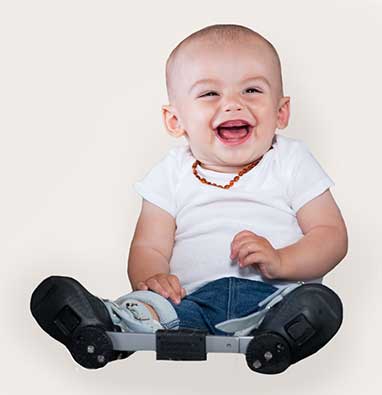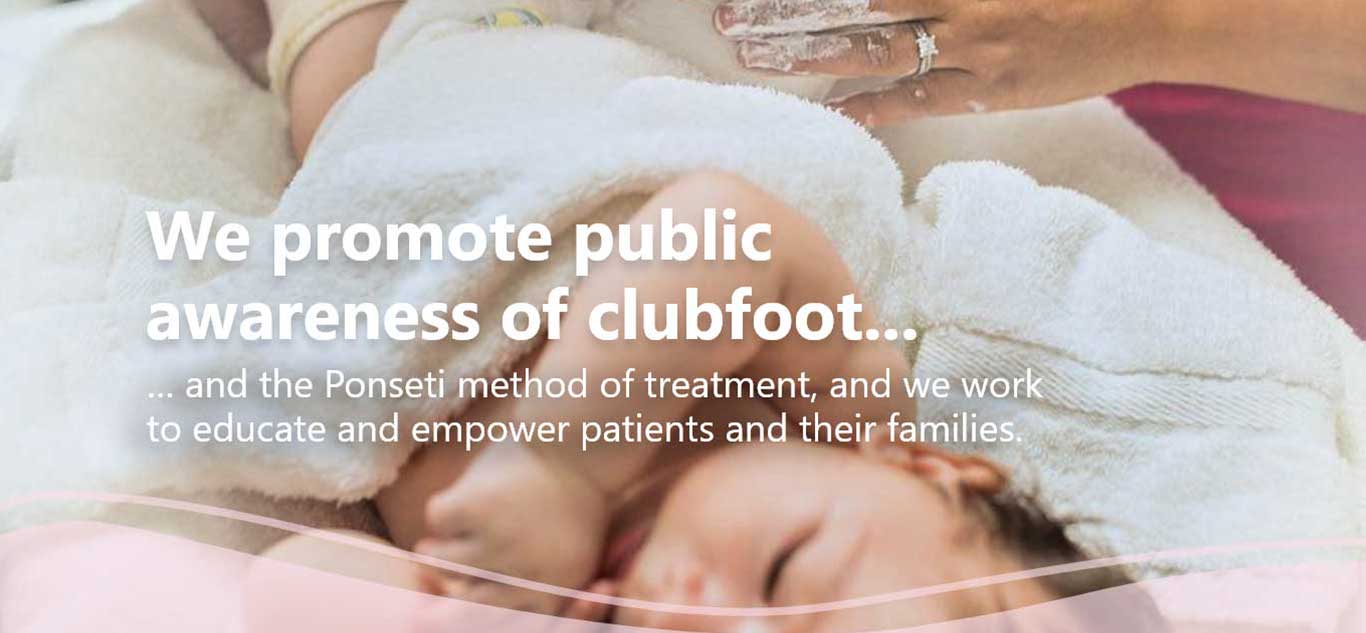
Also known as talipes equinovarus, clubfoot is a disorder that affects the ligaments, tendons, and muscles in the feet and calves. The foot tilts inward and upward at the ankle. It is one of the most common birth defects.
Approximately 5,000 babies each year in the United States are born with clubfoot. Boys are affected with clubfoot twice as often as girls. It can affect one foot (unilateral) or both feet (bilateral). There is currently no way to prevent clubfoot, but it is treatable.
The current treatment method of choice is the Ponseti method, a nonsurgical method. Prior to the Ponseti method, many babies were having full reconstructive surgeries for correction.
Studies have shown that these surgeries have long term negative impacts for clubfoot patients due to scar tissue build up.




The Ponseti method is the current standard and preferred nonsurgical method to treat clubfoot worldwide. It was developed by Dr. Ignacio Ponseti, a physician from Spain who treated wounded soldiers during the Spanish civil war. He came to the University of Iowa to study under Arthur Steindler, M.D., a pioneer in orthopedic medicine and a world-recognized surgeon in the 1940s. During this time he witnessed many cases of clubfoot that were treated surgically, causing long-term problems, namely limited mobility and pain. In the 1950s he developed the Ponseti Method, a non-surgical method that involved a series of plaster casts, and a brace to hold the positioning of the foot. This method was not widely used until the 1990s, but is now considered the best method of correction for clubfoot. It is divided into two parts: correction and maintenance.
Correction starts shortly after birth to allow for the most flexibility of tendons and ligaments. The practitioner will gently stretch the foot and set in a plaster cast every 5-7 days until it reaches a corrected position.
It usually takes 5-7 weekly casts, but can take more if the foot is atypical/complex. Once the foot has reached a corrected position, a "Achilles (heel cord) tenotomy" (also known as a Percutaneous Achilles Tenotomy) will take place, normally under local anesthesia. Not all babies will need this procedure, but almost 90% of cases will. This final cast will stay on for approximately 3 weeks, while the Achilles tendon heals.
After the final cast is removed, a baby is placed into an orthopaedic brace or "boots and bar" as it is referred to, which leads us to part 2 of The Ponseti Method of treatment!
Immediately after the final cast is removed, a baby will be fitted and placed into his or her "boots and bar" brace. The brace does not correct clubfoot, and feet need to be fully corrected before moving to the bracing stage.
The brace consists of two AFO boots, connected by a bar. If treatment started at birth, typical protocol requires 23 hour wear the first 3 months, followed by a slow weaning to approximately 14 to 16 hours a day.
Current recommendation is that the brace is continued to be worn until the age of 4, however, many parents choose to continue with the brace until they size out of the AFOS or until at least 5 years old. This is because relapse rates decrease each year a child wears the brace. The bulk of time in brace is at night to maintain correction while sleeping.
Below is a link to find a practitioner to treat your child’s clubfoot. It is non-exclusive and practitioners need to fill out this form to be added. All information is provided by the practitioner themselves, so if you believe any of it to be inaccurate please send us an email at hello@clubfootcares.org
Below is a printable pdf of questions you can bring with you when you meet your doctor before casting begins. These questions were compiled by many clubfoot parents and should better equip you for the journey you’re about to embark on.
We are a group of moms who have children with clubfoot. We created Clubfoot C.A.R.E.S. which is a U.S. based advocacy group dedicated to promoting public awareness of clubfoot and The Ponseti Method to treat clubfoot, as well as educate and empower patients and their families. Our advisory board includes medical professionals and others who are committed to advocating for clubfoot families and educating about the Ponseti method.
Our mission is to provide:
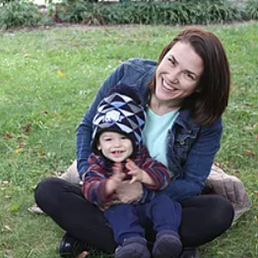
Director/Co-Founder
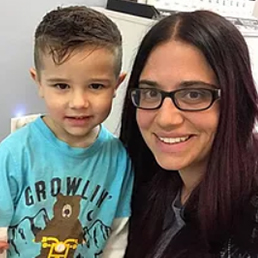
Co-Founder
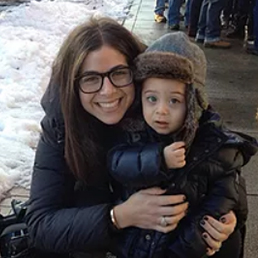
Co-Founder
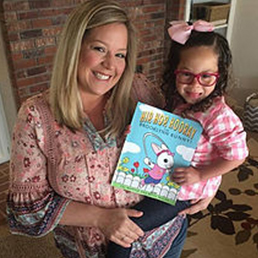
Founding Member
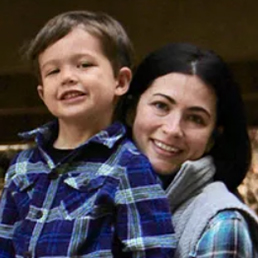
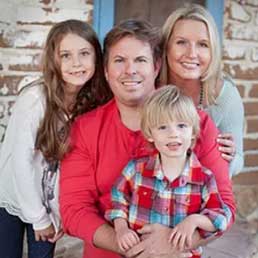

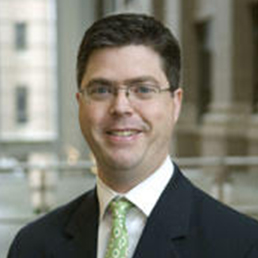
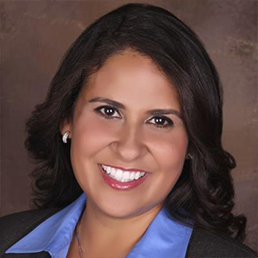

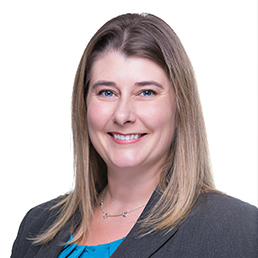
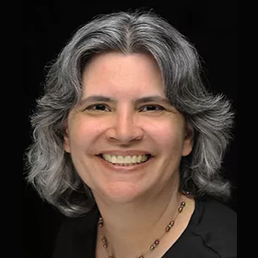
Author of The Parents’ Guide to Clubfoot
Betsy Miller is the co-author of the picture book Hip, Hop, Hooray for Brooklynn! and is the author of The Parents' Guide to Clubfoot and other children’s health books. She also wrote scripts for several educational videos about clubfoot for Clubfoot Solutions. Miller lives in Santa Rosa, California, and is one of the founders of Thinking Ink Press, a small press located in Silicon Valley.
Our immediate goals
Educate the public of the condition clubfoot, thus creating more awareness and eradicating stigmas, and bring awareness to the Ponseti Method as the preferred non-surgical treatment.
To advocate for clubfoot patients, and parents of clubfoot children.
To ensure that physicians are treating clubfoot patients with the utmost care, and are utilizing the Ponseti Method to eliminate the unnecessary use of surgery.
Please see below our end of year impact reports to see what types of differences we are making in the clubfoot community.
